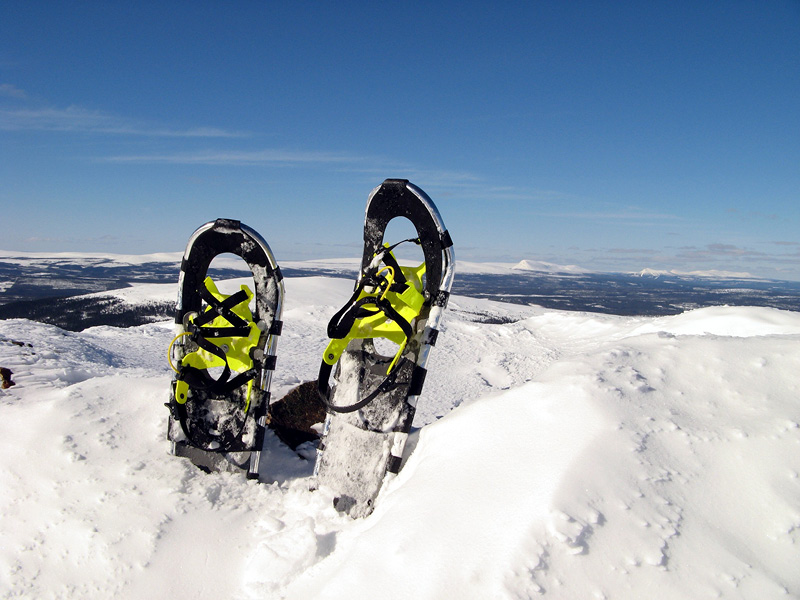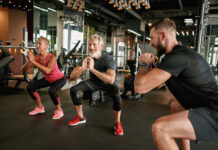Winter can shut down a lot of our favourite outdoor fitness activities, but piles of fresh snow provide the ultimate platform for the best off-season training.
Snowshoe running is a fitness building fun time that will fatigue all the major muscle groups while being outside in the sunshine
Your calves, quadriceps, gluteals, lower back, abdominal and all the muscles stabilizing your pelvis are developed beyond your wildest dreams without stepping into the gym. Your cardiovascular fitness reaches a new level of endurance and power. If that is not enough, you can gain enough altitude to feel like you are climbing Mount Everest (high altitude exercise builds superior fitness).
Snowshoeing is extremely easy to perform, requires minimal equipment and is an absolute blast. No waxing, no wind chill created by moving fast, just simple adventurism on your own two feet.
I have been incorporating alpine snowshoeing into my training periodization since 1992 with huge benefits. It not only replaces freezing three hour runs (my training groups only run two hours maximum in the cold), but adds variety and adventure to any program. I maintain much of my cycling strength by snowshoeing twice a month for 3-6 hours.
After several outings, I will wear ankle weights and load my backpack with water weight to increase the training stimulus. There is no need to move fast. Socialize and visualize climbing one of the Seven Summits. No cars to worry about, just enjoying clean air and nature’s silence. Slow and steady is the game.
The muscle strength and endurance I have gained from snowshoeing has allowed me to trail run steeper hills in the spring with great fitness and resilient tissue strength, particularly in the calf-Achilles complex.
Most of all, snowshoeing has cured me of a nagging IT band injury that impeded my peak potential during triathlon and mountain biking season.
In terms of equipment, snowshoes have come a long way since the wooden frames. Aluminum or carbon fibre frames are now the standard. They are hassle free and well made with great boot bindings.
A good pair of hiking boots and winter clothing that can be layered against the elements are necessary, as are great mitts, a hat and neck warmer, along with sunglasses and ski goggles.
A small backpack will carry a first-aid kit, sunscreen, headlamp, foot and hand warmers, and store your extra clothing, repair parts, food and fluids. If you are snowshoeing in extreme terrain, make sure to pack avalanche equipment, too.
The final piece of equipment is adjustable length hiking poles with large snow baskets. These poles add four points of contact with the snow for safety and help develop upper body strength when climbing steep slopes. They are also used to keep your balance when descending steep deep snow slopes (almost telemark style).
If you can do this type of alpine snowshoeing two to three times per month this winter, your fitness level will shine when the riding and running season begins.

Your Path to Snowshoe Fitness
Pray for snow, then …
- Start with flat terrain, such as a golf course. It’s as easy as walking until you encounter deep snow, which requires more hip flexor strength and balance.
- Once you have mastered flat terrain, enter the vertical gain phase. Find a nice hill close to home. March up and down several times and add a full backpack as your confidence and fitness builds. Start with an hour then build to 2-3 hours.
- Graduate to bigger hills and even mountains, if you have them nearby. Some ski hills permit snowshoers, but check the rules before you head out.
- If backcountry and tranquility is more to your liking, revisit your favourite mountain bike trails you rode last summer, or seek out some fresh powder terrain.
You may also like: Winter Run Fun














